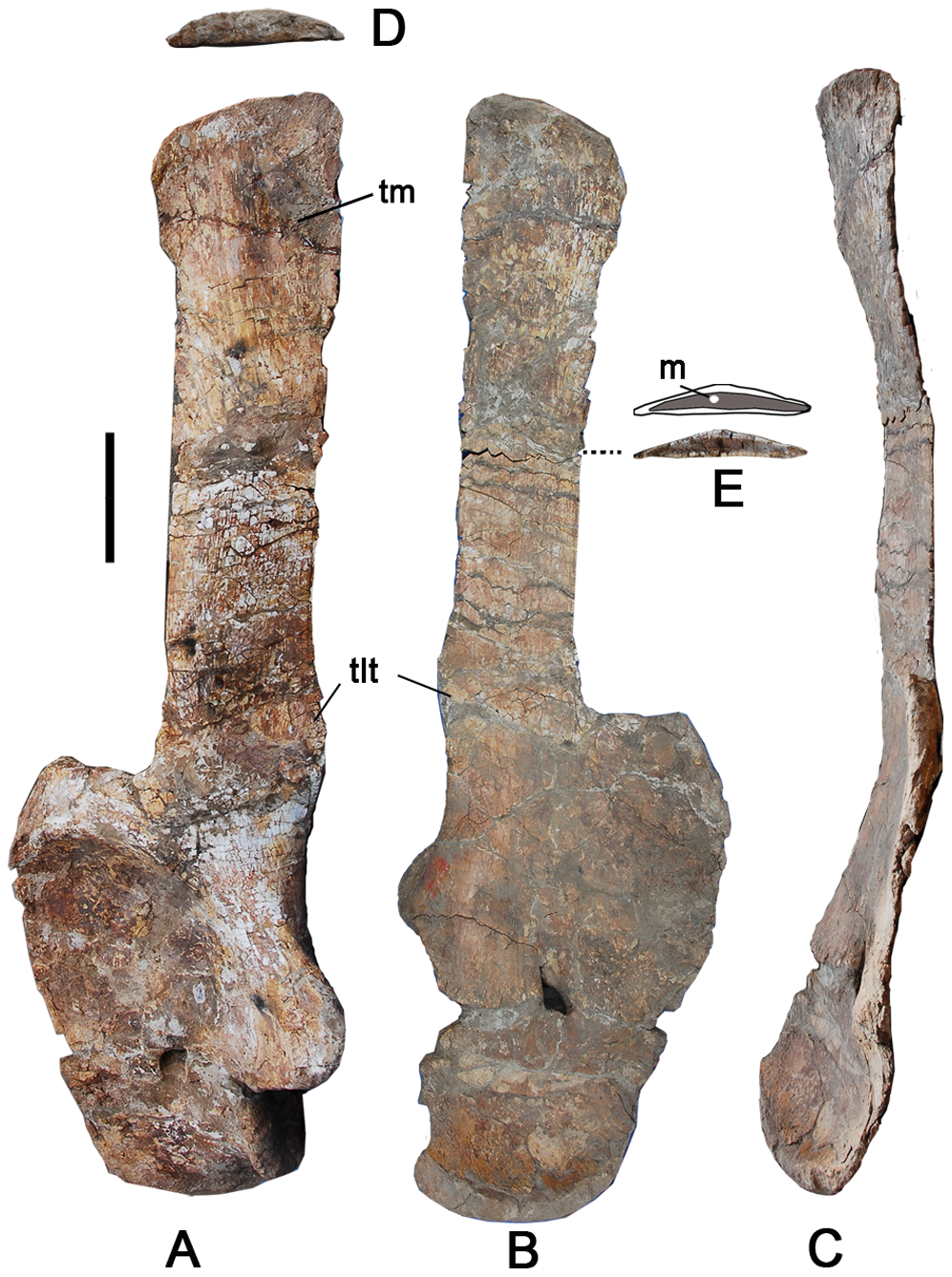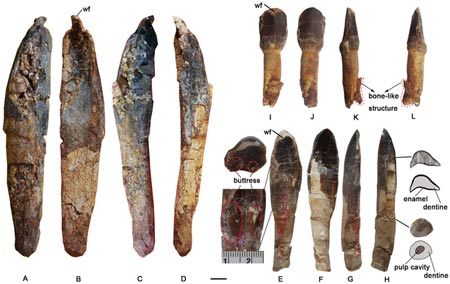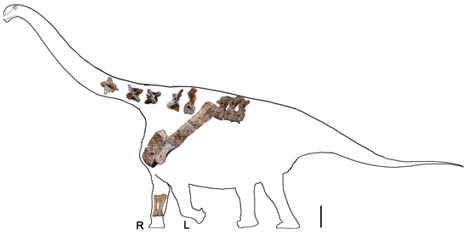New Dinosaur “Titan” from North-western China Described
Yongjinglong datangi New Genus of Huge Titanosaur from China
A team of American researchers working in collaboration with Chinese colleagues have identified a new genus of huge titanosaur from north-western China (Gansu province). Although only known from fragmentary fossil material, representing less than 10% of the complete skeleton, the research team have been confident enough to assign these fossils to a new species of plant-eating, dinosaur. There is some evidence to suggest that since some bones are not fused entirely, this individual was a juvenile and not yet fully grown. However, the scientists estimate that this specimen was perhaps up to eighteen metres long.
A New Titanosaur
The researchers, which include scientists from Beijing’s Institute of Vertebrate Palaeontology and Palaeoanthropology (IVPP), the University of Pennsylvania and the Gansu Geological Museum in Lanzhou (China) have published their findings in the on line academic journal PLoS One (On Line Public Library of Science). The dinosaur has been named Yongjinglong datangi (pronounced Yong-jing-long dah-tang-gie). The genus name comes from the ancient Chinese for Yongjing County, close to the site where the fossils of this huge prehistoric animal were found and “long” which means dragon. The specific name datangi is a reference to the Tang dynasty and in addition, honours Mr Zhi-Lu Tang from the IVPP for his substantial contribution to study of Dinosauria.
Yongjinglong datangi
Research student Liguo Li, was given the opportunity to study a series of fragmentary remains representing a single individual animal that has been unearthed from a quarry in 2008. The bones consisted of three large-crowned teeth, a number of vertebrae, the left scapula (shoulder blade) and lower leg bones from the front limbs. Although the bones, particularly the vertebrae resembled those of another type of titanosaur, whose fossils have also been found in Gansu province, Euhelopus zdanskyi, the bone morphology was unique enough to merit the establishment of a new genus of Chinese titanosaur.
Researcher Liguo Li, commented:
“The shoulder blade [scapula] was very long, nearly two metres, with sides that were nearly parallel, unlike many other titanosaurs whose scapulae bow outward.”
Huge Fossil bones
So massive was the shoulder blade that when the scientists tried to position the bone within the typical body frame of a titanosaur it did not appear to fit quite where it should. Unlike most other known titanosaurs, the shoulder blade seems to have been orientated at an angle of around fifty degrees from the horizontal. In addition, the unfused portion of this bone indicated that this Titanosauriformes was not fully grown when it met its demise.
A number of titanosaurs have been discovered in this particular location, two within a thousand metres of the Yongjinglong fossil find (Daxiatitan binglingi and Huanghetitan liujiaxiaensis respectively). With the unusual orientation of the shoulder blade, plus characteristics identified from the vertebrae and from the size and shape of the teeth, the research team were confident enough to erect a new genus, despite the large amount of titanosaur fossil material relating to already described genera that had been found in this locality.
Picture credit: PLoS One
A–E, photographs and interpretive line drawing in A, lateral; B, medial; C, cranial; D, distal and E, D-shaped cross-section of midshaft views. Scale bar equals 200 mm.
Calculating Phylogenetic Relationships
The exact phylogenetic relationship between this new titanosaur species and already known genera remains unclear. The fossil material indicates affinities with later titanosaurs known from South America. It had been thought that the titanosaurs went into decline around the world, with the exception of South America, but there is an increasing amount of evidence to suggest that this clade continued to flourish on a global basis for much of the Cretaceous. The teeth show a number of unique features. One tooth, measures nearly fifteen centimetre in length from the tip of the crown to the base of the root. They have a pronounced tip to the crown and show an unusual wear pattern.
Picture credit: PLoS One
The scientists are optimistic that more fossil material related to this new genus will be uncovered as further excavations are scheduled to take place in the area.
An Illustration of Yongjinglong datangi Showing Location of Bones
Picture credit: PLoS One
To view replicas and models of Chinese dinosaurs and other prehistoric animals: PNSO Museum Quality Age of Dinosaurs Models.




